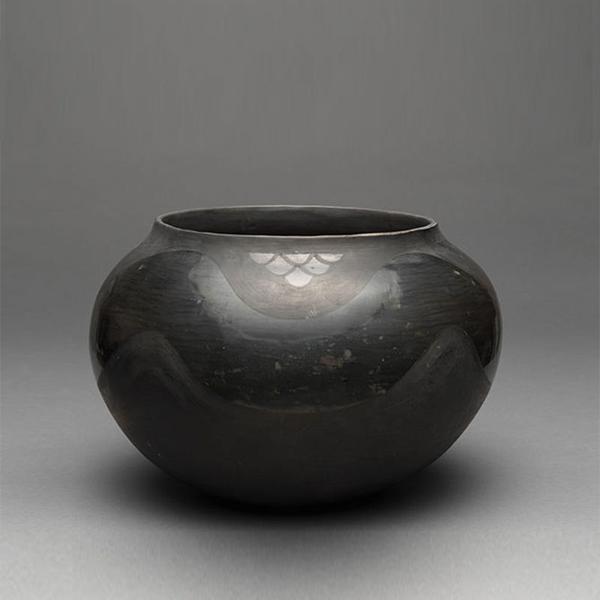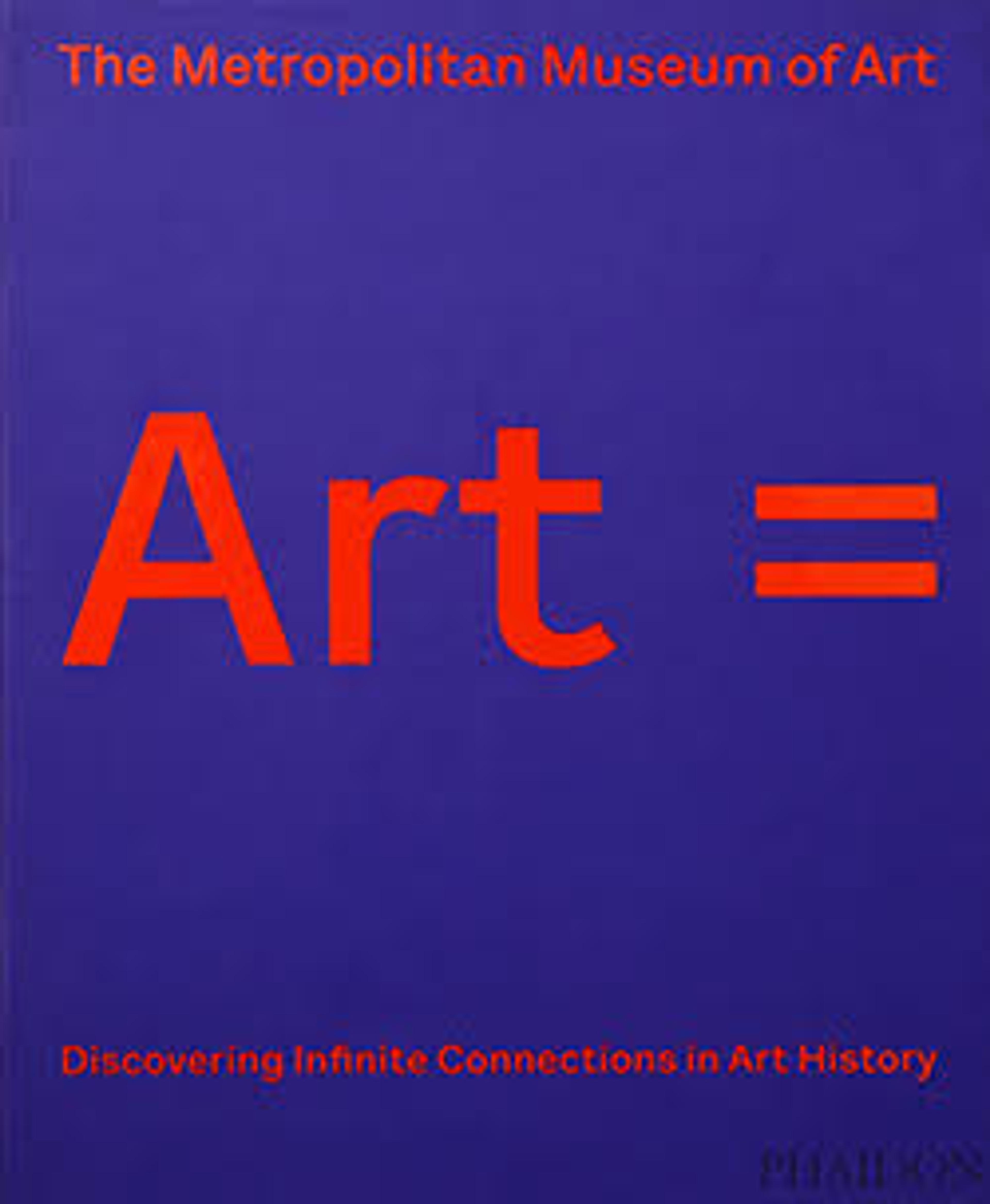Black-on-Black Jar
Artwork Details
- Title: Black-on-Black Jar
- Maker: Maria Martínez (Native American, San Ildefonso Pueblo, Santa Fe, New Mexico 1887–1980 San Ildefonso Pueblo, Santa Fe New Mexico)
- Maker: Julián Martínez (San Ildefonso Pueblo, 1885–1943)
- Date: 1919–20
- Geography: Made in New Mexico, United States
- Culture: San Ildefonso, Native American
- Medium: Clay and slip
- Dimensions: 11 7/16 × 13 3/4 in. (29 × 35 cm)
- Credit Line: Gift of Charles and Valerie Diker, 2016
- Object Number: 2016.738.2
- Curatorial Department: The American Wing
Audio

9813: Black-on-Black Jar, Maria Martinez And Julian Martinez
PATRICIA: This pot is so almost perfectly symmetrical. And some might even mistake it for being machine made.
TANTOO: It was in fact created by the Tewa artist Maria Martinez and her husband Julian Martinez, of the San Ildefonso Pueblo in Northern New Mexico. Maria shaped the vessel by hand, using the ancient coiling method to gradually build up the form. Patricia Marroquin Norby:
PATRICIA: It was entirely created by Maria’s hands, with great care and great patience, using local natural resources close to her community, places that are considered sacred to the Tewa people and the San Ildefonso community.
TANTOO: Julian then added the undulating form of the water serpent, Awanyu, to the surface of the pot, painting it on with a mixture of wet clay and bee weed. The figure recalls the Rio Grande River, a vital local water source.
[SFX: TRICKLING WATER?]
PATRICIA: When you look closely at this pot, you see the striking image of Awanyu, the water serpent, or the water deity. A bolt of lightning emerges from Awanyu’s mouth, representing rain. And along the sides you can see rain clouds, a source of water and life, that filled the river.
You also see many of the markings of the river stones. Smooth rocks that were collected by Maria, herself, or passed down from earlier generations.
TANTOO: Finally, Maria and Julian used an innovative firing technique to give the pot its unique black-on-black appearance, recalling ancient shards uncovered at Pueblo archaeological sites.
And so, the natural elements – Earth, Air, Water, and Fire – are all embodied in this singular vessel.
More Artwork
Research Resources
The Met provides unparalleled resources for research and welcomes an international community of students and scholars. The Met's Open Access API is where creators and researchers can connect to the The Met collection. Open Access data and public domain images are available for unrestricted commercial and noncommercial use without permission or fee.
To request images under copyright and other restrictions, please use this Image Request form.
Feedback
We continue to research and examine historical and cultural context for objects in The Met collection. If you have comments or questions about this object record, please contact us using the form below. The Museum looks forward to receiving your comments.
